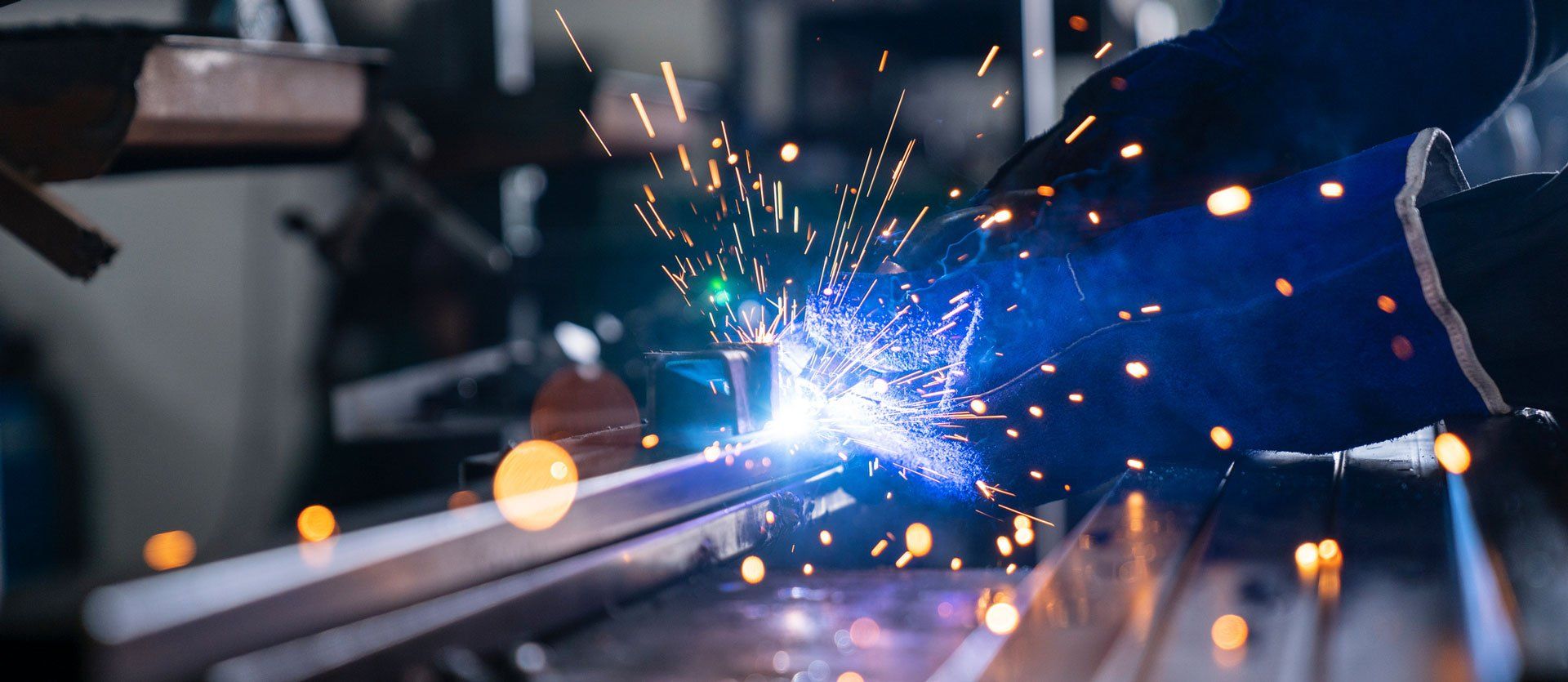Call Us Now!
Address: 837 S Kraemer Blvd. Placentia, CA 92870
Big Enough to Serve You & Small Enough to Know You.
2 Common Types of Weld Soil
Weld soil is a frustrating and all too common byproduct of the welding process - one that will significantly mar both the appearance and the behavior of the resulting weld. Weld soil consists of inorganic byproducts formed during the process of welding. These byproducts tend to accumulate along the portions of the base metal adjacent to the welding area.
Weld soil may take one of two common forms, known respectively as spatter and scale. Subtle differences in prevention and removal exist for each of these. This article will provide a useful overview of the nature of weld spatter and weld scale, pointing out key distinctions between each one.
1 - Weld Spatter
Weld spatter consists of tiny beads of metal that are thrown from the weld area while the metal is still in a molten state. These beads quickly harden, leaving behind areas of rough stubble on the base metal. Such stubble presents an unattractive appearance, while also making it more difficult to paint or perform secondary welds in the area.
Numerous factors may play into the occurrence of weld spatter. All of these involves forces that disturb the weld puddle while it remains in its molten state. Such a disturbance may stem from an improperly cleaned base metal, an insufficient amount of shielding gas, or operator error. Excessive voltage and/or travel speeds may also contribute to the formation of weld spatter.
In the event that weld spatter does occur, it must be properly removed in order to create a smooth, safe, and paint-receptive surface. Weld spatter must be dealt with through mechanical abrasion, generally carried out either by a manual grinder or an air-powered blaster. If only a small area of spatter exists, a metal worker may choose to remove it through the use of hand tools such as chisels or hammers.
2 - Weld Scale
Weld scale represents another all-too-common byproduct of the welding process. It involves the formation of an oxide layer in the heat-affected zone - in other words, the area of the base metal that will become heated during the welding process. When the heat-affected zone becomes hot enough, it will react with oxygen in the atmosphere to form weld scale.
Unfortunately, compared with weld spatter, there is much less a welder can do to prevent weld scale. Care must be taken not to apply the welding torch for longer than necessary - or to apply it too far from the weld area. Aside from this, the formation of weld scale tends to be seen as a somewhat unavoidable byproduct of welding stresses.
Nonetheless, weld scale constitutes an undesirable phenomenon. Like weld spatter, it will affect the behavior of the metal when it comes to applying corrosion-resistance coatings and/or paint. Such coatings will stick to the weld scale rather than the base metal. As time goes on, the weld scale will tend to loosen and work loose - leaving behind patches of unprotected metal.
Therefore, you must remove weld scale in order to protect against future corrosion. Removal may be accomplished either through mechanical or chemical means. As with weld spatter, mechanical removal involves the use of abrasive tools such as grinders and sanders.
Chemical removal involves the use of so-called pickle liquor. Pickle liquor consists of a special mixture of acids, with either hydrochloric or sulfuric acid being the most active ingredient. The concentration of a pickle liquor must be carefully determined. Otherwise, it risks damaging the base metal if it's too strong.
Welding and Fabrication Experts
Welding constitutes a highly a subtle art - one that requires the sort of knowledge that only years of experience can bring. Fortunately, the experts at Schorr Metals Inc. possess just that kind of experience. Please don't hesitate to contact us for help with your next welding or metal fabrication project.
Email Address: info@schorrmetals.com
Call Us Now!
Business Hours:
Monday 7:30 am - 4:45 pm
Tuesday 7:30 am - 4:45 pm
Wednesday 7:30 am - 4:45 pm
Thursday 7:30 am - 4:45 pm
Friday 7:30 am - 4:45 pm
Saturday 7:30 am - 11:45 am
Licensed, Bonded & Insured




Address: 837 S Kraemer Blvd. Placentia, CA 92870
We Serve: Orange County, Los Angeles County, Riverside County, San Bernardino County in CA




